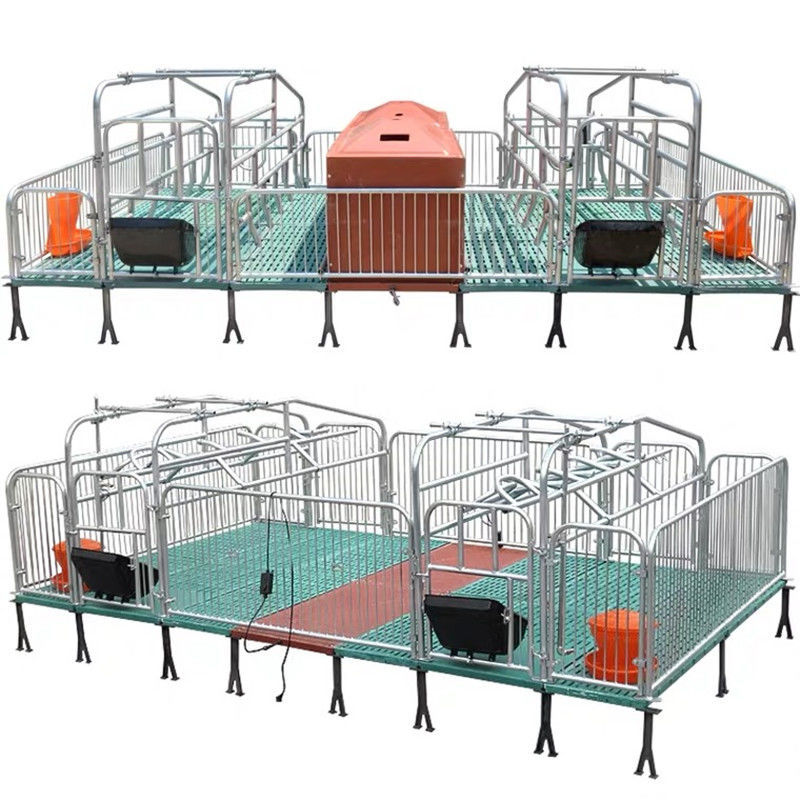Poultry Feed Pellet Machine for Efficient Livestock Nutrition Production
Dec . 09, 2024 17:40 Back to list
Poultry Feed Pellet Machine for Efficient Livestock Nutrition Production
The Importance of Pellet Making Machines for Poultry Feed
In the ever-evolving world of agriculture and animal husbandry, the demand for efficient and high-quality animal feed has never been greater. Poultry farming, in particular, has seen significant advancements in technology, leading to better growth rates, improved health outcomes, and more sustainable practices. One key component of this transformation is the pellet making machine, specifically designed for poultry feed. This article explores the importance of these machines in the poultry industry, their working principles, and the benefits they offer.
Understanding Pellet Making Machines
A pellet making machine is a specialized equipment that processes raw materials into uniform, compact pellets. The process involves grinding the feed ingredients, mixing them to achieve the desired nutritional balance, and then using pressure and heat to form pellets. The resulting product is not only more palatable for birds but also easier to handle and store.
These machines come in various sizes and capacities, making them suitable for both small-scale and large-scale poultry operations. Depending on the needs of the farmer, they can produce different types of pellets, ranging from those meant for chicks to those designed for adult birds, including layers and broilers.
Benefits of Using Pellet Feed
1. Enhanced Nutritional Value Pelletized feed is typically more digestible than mash feed. The process of pelleting helps to break down the feed ingredients, making nutrients more accessible to the poultry. This results in better feed conversion rates and improved overall health and growth of the birds.
2. Reduced Feed Waste Pellets are less prone to spillage and waste compared to loose feed. The compact nature of pellets means that birds consume them more efficiently, leading to less feed wastage and more cost-effective farming operations.
pellet making machine for poultry feed

3. Improved Feed Storage Pellets are easier to store and transport than bulk feed. Their uniform shape means they can be stacked neatly, saving space in storage facilities. This is particularly beneficial for farmers who need to store large quantities of feed.
4. Prevention of Sorting In a mixed feed environment, poultry may pick and choose their preferred ingredients, leading to an imbalanced diet. Pellets eliminate this problem as the birds receive a balanced mix of nutrients in every bite.
5. Health Benefits The pelleting process can help eliminate harmful pathogens and spoilage organisms through heat treatment, leading to safer feed. Healthier feed can significantly reduce disease outbreaks, contributing to overall flock wellness.
Choosing the Right Pellet Making Machine
When selecting a pellet making machine for poultry feed, farmers should consider factors such as capacity, energy efficiency, and adaptability to different feed formulations. Machines that are easy to clean and maintain can save time and labor costs over the long term. Additionally, seeking equipment with high-quality components can ensure durability and reliability, crucial for consistent production.
Conclusion
The integration of a pellet making machine into poultry farming represents a significant advancement in feed technology. By producing high-quality, digestible, and nutritionally balanced pellets, farmers can enhance the health and productivity of their flocks while simultaneously reducing waste and lowering operational costs. As the poultry industry continues to grow, investing in advanced solutions like pellet making machines will be essential for farmers aiming to thrive in a competitive market. Emphasizing sustainability and efficiency, these machines are not just tools; they are integral to the future of poultry feed production.
-
Automatic Feeding Line System-Poultry Farming|Chicken Feeding&Watering
NewsJul.30,2025
-
Automatic Feeding Line System - Anping County Yize Metal Products Co., Ltd.|Pan Feeder Nipple Drinker,Broiler Farming
NewsJul.30,2025
-
Automatic Feeding Line System Pan Feeder Nipple Drinker-Anping County Yize Metal Products Co., Ltd.
NewsJul.30,2025
-
Automatic Feeding Line System-Anping County Yize Metal Products Co., Ltd.|Durable Construction&Easy Maintenance
NewsJul.30,2025
-
Automatic Feeding Line System-Anping County Yize Metal Products Co., Ltd.|Pan Feeder Nipple Drinker&Durable Poultry Farming Solution
NewsJul.30,2025
-
Automatic Feeding Line System Pan Feeder Nipple Drinker|Anping County Yize Metal Products Co., Ltd.
NewsJul.29,2025






